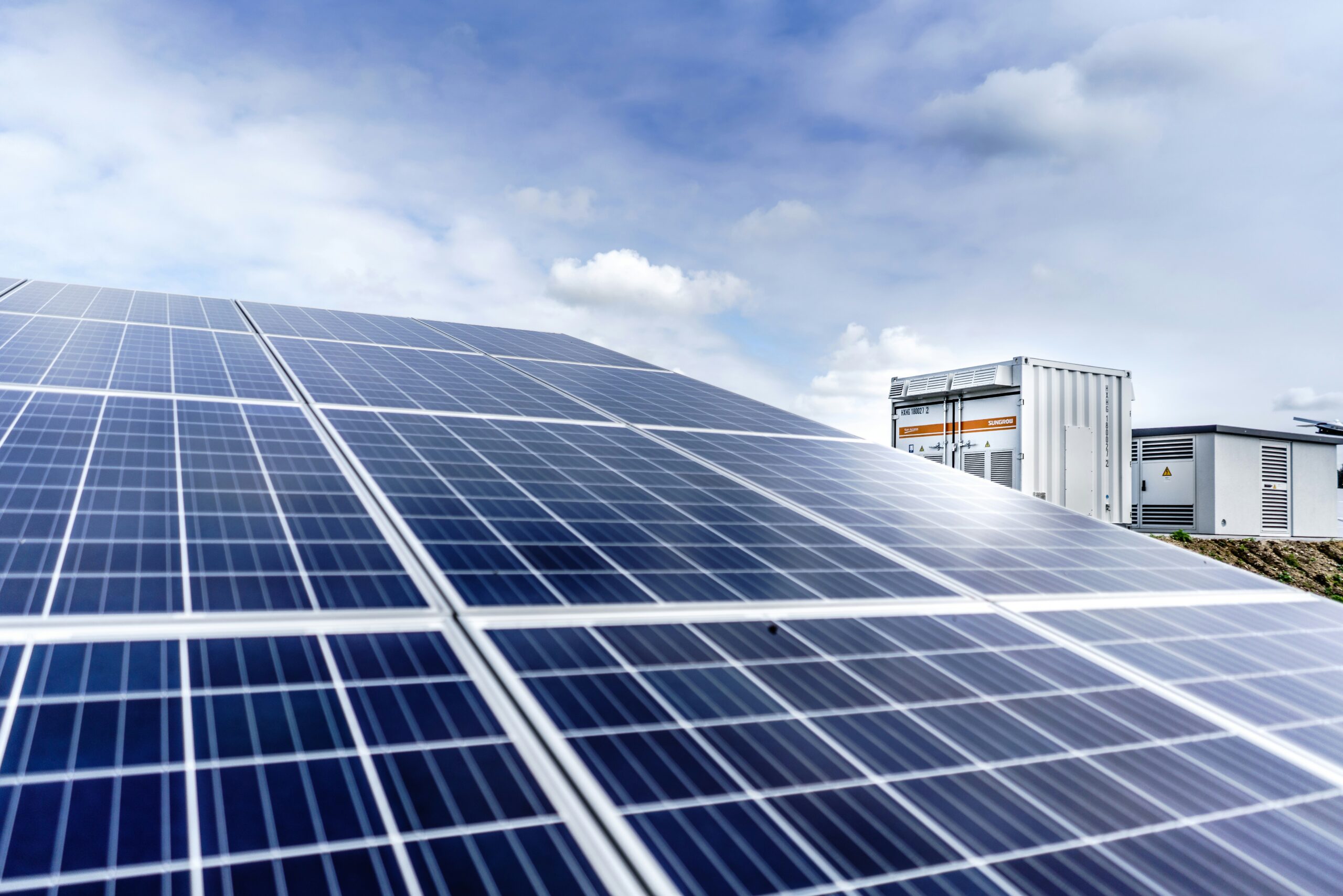Curious about the financial benefits of investing in solar panel installation? Look no further! In this article, we will explore the payback period for solar panel installation, providing you with valuable insights into how long it takes for the investment to pay for itself. So, if you’ve ever wondered whether solar energy is a feasible and profitable option for your home or business, keep reading to discover all the information you need to make an informed decision.
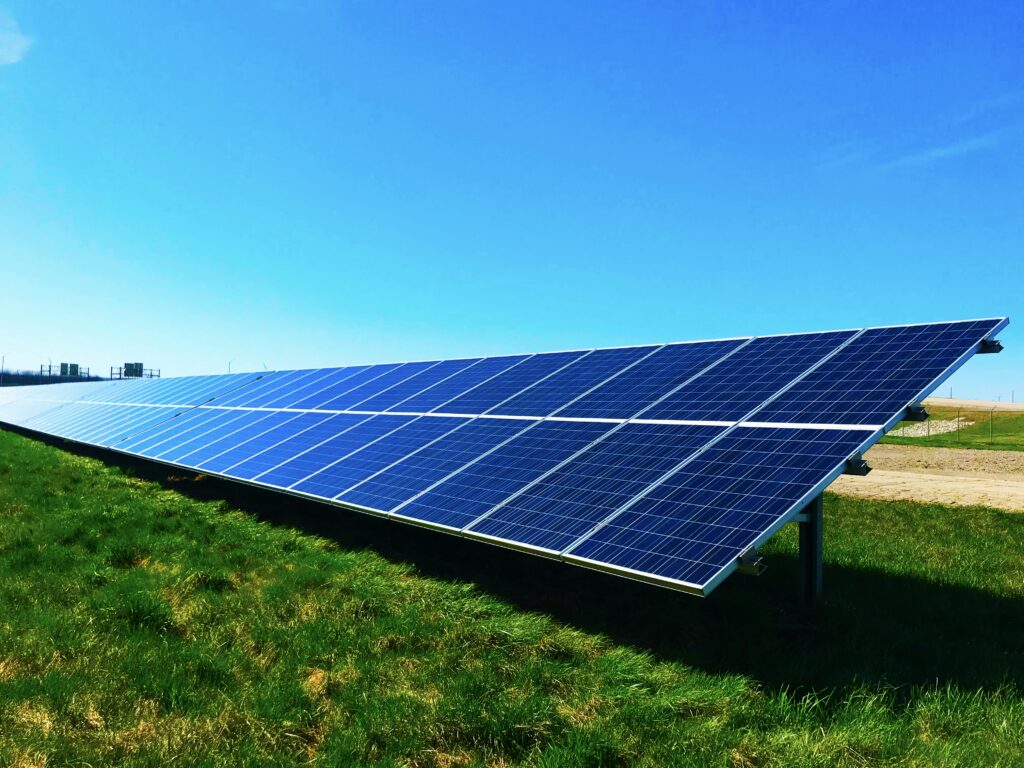
Factors Affecting Payback Period
Solar Panel Cost
The cost of solar panels plays a significant role in determining the payback period. The initial investment required for purchasing and installing solar panels can vary depending on various factors such as the size of the system, the quality of the panels, and the complexity of the installation process. Typically, higher-quality panels tend to come with a higher price tag, but they also offer better performance and durability. It is essential to consider the upfront cost of solar panels when calculating the payback period.
Electricity Savings
One of the main advantages of solar panel installation is the potential for significant electricity savings. By harnessing the power of the sun, solar panels generate clean and renewable energy that can offset traditional electricity consumption. The amount of electricity savings depends on various factors, including the size of the solar panel system, the amount of sunlight available in the location, and the household or business’s energy needs. The more electricity a solar panel system can generate, the greater the potential for savings and shorter payback periods.
Incentives and Tax Credits
Incentives and tax credits provided by governmental agencies and energy organizations can help reduce the payback period for solar panel installations. These incentives can take the form of cash rebates, grants, or tax credits that directly offset the cost of installing solar panels. It is crucial to research and take advantage of any available incentives and tax credits to accelerate the payback period and make solar panel installation more affordable.
Financing Options
The availability of financing options also influences the payback period for solar panel installations. Some homeowners and businesses choose to pay for their solar panel systems upfront, while others opt for financing options such as loans or lease agreements. Financing options can make solar panel installation more accessible by spreading out the cost over time. However, it is essential to consider the interest rates and repayment terms when calculating the overall payback period, as these factors can affect the affordability and feasibility of solar panel installation.
Calculating Payback Period
Initial Investment
To determine the payback period for solar panel installation, it is necessary to consider the initial investment required. This includes the cost of purchasing the solar panels, installation fees, and any additional equipment or components. The initial investment is typically a significant factor in the payback period calculation, as it directly affects the amount of time it takes to recoup the investment through electricity savings. The initial investment can vary depending on the size and complexity of the solar panel system, as well as any additional customization or upgrade options chosen by the homeowner or business.
Annual Savings
The annual savings generated by solar panel installations are a crucial factor in calculating the payback period. These savings are the result of offsetting traditional electricity consumption with clean and renewable solar energy. The actual annual savings depend on multiple factors, including the size of the solar panel system, the amount of sunlight available, and the household or business’s energy needs. By comparing the annual electricity savings with the initial investment, one can estimate how long it will take to recoup the cost and achieve a positive return on investment.
Net Present Value
Calculating the net present value (NPV) is another method to determine the payback period for solar panel installation. NPV takes into account the time value of money by discounting future cash flows to their present value. In the case of solar panel installation, the future cash flows include both the savings generated by the system and any additional costs or expenses incurred over time. By discounting these cash flows and summing them up, the NPV analysis provides a more accurate representation of the payback period, considering the potential fluctuations in electricity rates and other financial factors.
Return on Investment (ROI)
The return on investment (ROI) is a commonly used metric to evaluate the profitability and payback period of solar panel installations. ROI compares the net gains or profits from investing in solar panels to the initial investment. It is expressed as a percentage and represents how much return an individual or business can expect from their investment in solar panels. A higher ROI indicates a shorter payback period and a more financially favorable solar panel installation.
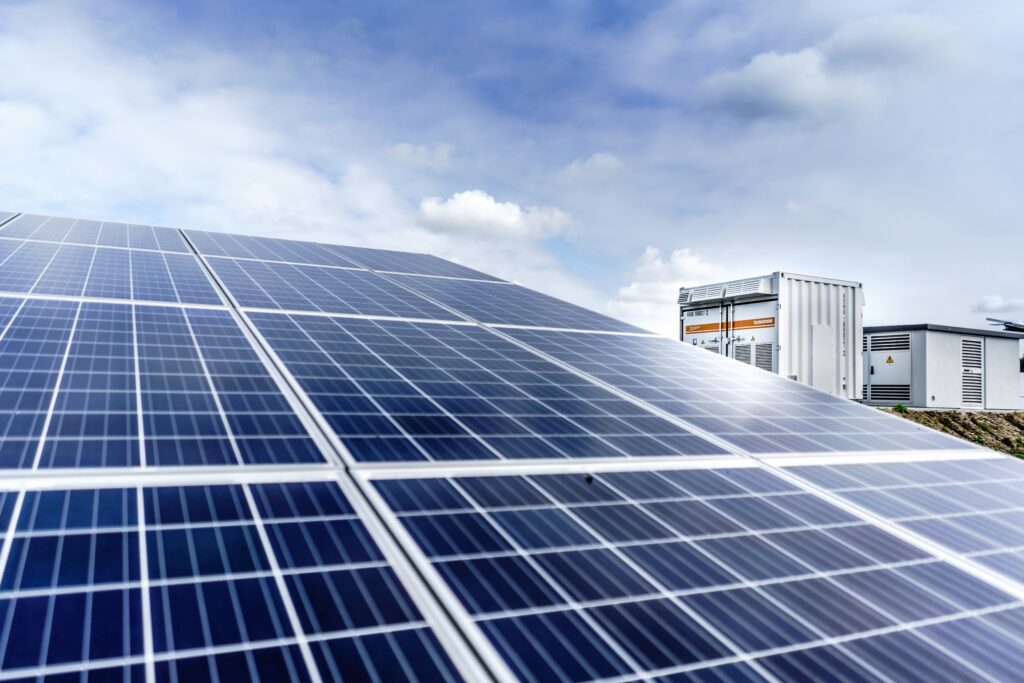
Average Payback Period for Solar Panel Installation
Residential Installations
The average payback period for residential solar panel installations can vary depending on numerous factors, including the size of the system, the energy consumption of the household, and the available solar resources in the region. On average, residential solar panel installations in the United States have a payback period ranging from 5 to 15 years. However, advancements in solar technology, decreasing panel costs, and increasing electricity prices can contribute to shorter payback periods for homeowners.
Commercial Installations
Commercial solar panel installations typically have shorter payback periods compared to residential installations. This is because commercial buildings often have higher energy consumption, allowing for more substantial electricity savings. Additionally, commercial solar panel installations may qualify for additional incentives and tax credits, further reducing the payback period. On average, commercial solar panel installations have a payback period ranging from 3 to 10 years.
Utility-Scale Installations
Utility-scale solar panel installations, which are large-scale projects that generate electricity for the grid, often have the shortest payback periods. These installations can benefit from economies of scale, allowing for lower costs per unit of electricity generated. Additionally, utility-scale projects are eligible for various state and federal incentives, accelerating the payback period. On average, utility-scale solar panel installations have a payback period ranging from 2 to 7 years.
Regional Variations in Payback Period
Sunlight Availability
The availability of sunlight in a particular region significantly impacts the payback period for solar panel installations. Regions with abundant sunlight and minimal shading conditions are more conducive to efficient solar energy generation, resulting in higher electricity savings. In contrast, regions with limited sunlight or high levels of shading may experience longer payback periods due to reduced energy production. Therefore, it is essential to consider the regional variations in sunlight availability when estimating the payback period for solar panel installations.
Electricity Rates
The prevailing electricity rates in a specific region can also affect the payback period for solar panel installations. Higher electricity rates can lead to greater electricity savings, shortening the payback period. On the other hand, lower electricity rates may result in longer payback periods. It is crucial to consider the local electricity rates and any potential future rate increases when calculating the payback period, as they directly impact the financial viability of solar panel installation.
Government Policies
Government policies and regulations related to solar energy can significantly influence the payback period for solar panel installations. Many governments provide financial incentives, tax credits, grants, and rebates to promote the adoption of renewable energy sources such as solar power. These incentives can significantly reduce the upfront costs of solar panel installation, accelerating the payback period. Additionally, favorable net metering policies allow homeowners and businesses to sell excess electricity generated by their solar panels back to the grid, further enhancing the financial benefits and shortening the payback period.
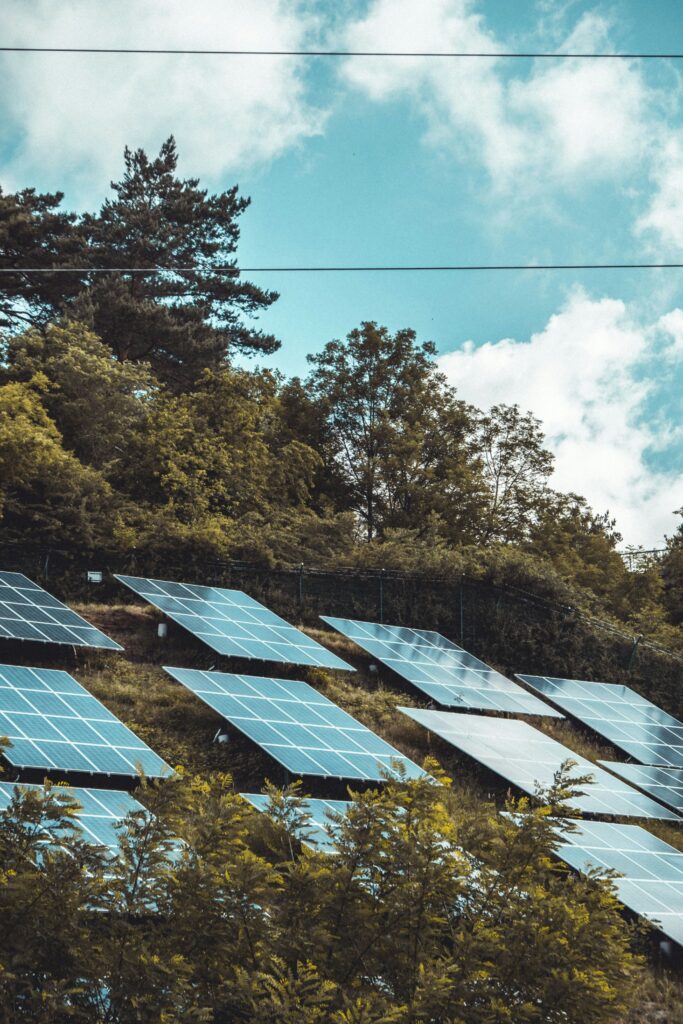
Long-Term Benefits of Solar Panel Installation
Reduced Electricity Bills
One of the most significant long-term benefits of solar panel installation is the reduction in electricity bills. By generating clean and renewable energy from the sun, solar panels can offset traditional electricity consumption, resulting in lower monthly electricity bills. Over time, the savings from reduced electricity bills can accumulate significantly, resulting in substantial financial benefits for homeowners and businesses.
Energy Independence
Solar panel installation promotes energy independence by reducing reliance on traditional electricity sources. By generating their own electricity, homeowners and businesses can become less dependent on the grid and vulnerable to potential power outages or price fluctuations. This energy independence provides individuals and organizations with greater control over their energy consumption and costs, contributing to a more stable and secure energy future.
Environmental Impact
Solar panel installation has a positive environmental impact by reducing greenhouse gas emissions and reliance on fossil fuels. Solar panels generate clean and renewable energy without producing harmful pollutants or contributing to climate change. By investing in solar panels, individuals and businesses can actively contribute to reducing their carbon footprint and protecting the environment for future generations.
Why Payback Period is Important
Financial Planning
The payback period is an essential consideration for individuals and businesses when planning for a solar panel installation. It helps determine the feasibility, affordability, and long-term financial benefits of investing in solar energy. By evaluating the payback period, individuals and businesses can make informed decisions and allocate their financial resources effectively.
Return on Investment
The payback period is directly linked to the return on investment (ROI) for solar panel installations. A shorter payback period translates to a higher ROI and, ultimately, a more financially favorable investment. Understanding the payback period allows individuals and businesses to assess the potential returns from their solar panel installations and make informed financial decisions.
Comparing Investment Options
The payback period is an essential factor when comparing different investment options, such as solar panel installations versus other renewable energy systems or traditional investments. By considering the payback period, individuals and businesses can evaluate the potential financial benefits and risks associated with different investment options and make educated investment decisions.
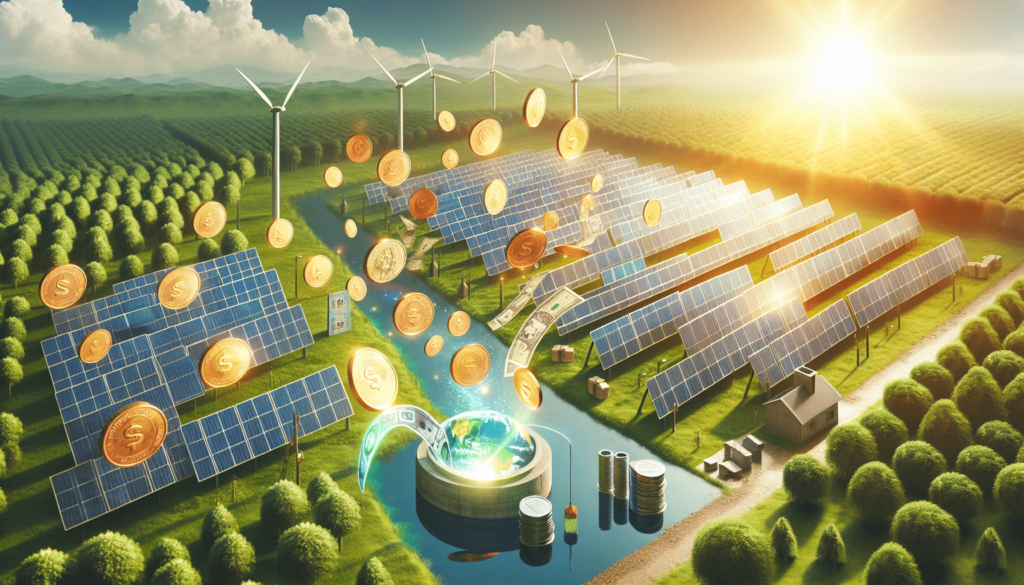
Ways to Reduce Payback Period
Choosing the Right Solar Panel System
Selecting the right solar panel system is crucial to reducing the payback period. High-quality solar panels with proven performance and efficiency can generate more electricity and provide greater savings over time. It is important to consider factors such as the panel’s efficiency, durability, warranty, and reliability when choosing a solar panel system. Investing in a system that maximizes energy production can significantly shorten the payback period.
Maximizing Energy Efficiency
Maximizing energy efficiency within the home or business can also contribute to reducing the payback period for solar panel installations. By implementing energy-efficient practices and upgrading to energy-efficient appliances and lighting, individuals and businesses can reduce their overall electricity consumption. This, in turn, increases the percentage of electricity offset by solar panels and accelerates the payback period.
Utilizing Battery Storage
Battery storage systems can play a vital role in reducing the payback period for solar panel installations. By storing excess electricity generated by the solar panels, individuals and businesses can reduce their reliance on the grid during times of low sunlight. This allows for greater self-consumption of solar energy and further increases electricity savings, shortening the payback period.
Exploring Solar leasing or Power Purchase Agreements
For individuals and businesses hesitant about the upfront costs of solar panel installation, exploring solar leasing or power purchase agreements (PPAs) can be a viable option. These arrangements allow individuals and businesses to lease solar panel systems or purchase the electricity generated by the panels at a predetermined rate. While they may not provide the same financial benefits as owning a solar panel system outright, solar leasing and PPAs can offer shorter payback periods and immediate access to clean and renewable energy.
Factors to Consider Before Installing Solar Panels
Roof Condition and Orientation
The condition and orientation of the roof are crucial factors to consider before installing solar panels. A sturdy and well-maintained roof is necessary to support the weight of the solar panels and withstand environmental factors. Additionally, the roof’s orientation and angle play a significant role in the solar panels’ exposure to sunlight. Roofs with optimal orientation and minimal shading conditions are ideal for maximizing energy production and reducing the payback period.
Shade and Obstacles
Shade and obstacles, such as nearby buildings or trees, can impact the performance of solar panels and lengthen the payback period. Shaded areas can significantly reduce the amount of sunlight reaching the panels, reducing their overall energy production. It is crucial to assess the surrounding environment and ensure that solar panels will have sufficient exposure to sunlight throughout the day to maximize energy generation and shorten the payback period.
Local Regulations and Permits
Before installing solar panels, individuals and businesses should familiarize themselves with local regulations and obtain any necessary permits. Building codes, zoning restrictions, and homeowner association rules can dictate where and how solar panels can be installed. Complying with these regulations ensures a smooth installation process and prevents any potential legal or structural challenges that could prolong the payback period.
Future Energy Needs
Anticipating future energy needs is essential when considering solar panel installation. Individuals and businesses should evaluate their long-term energy consumption patterns and assess whether the selected solar panel system can accommodate future increases in demand. Investing in a solar panel system that can adequately meet future energy needs can prevent the need for costly expansions or upgrades and maintain a favorable payback period.
Case Studies of Successful Solar Panel Installations
Residential Installation
In a case study conducted by a solar energy company, a residential solar panel installation resulted in a payback period of 9 years. The system comprised high-efficiency solar panels, a battery storage system, and energy-efficient appliances. With optimal sunlight exposure and minimal shading, the system consistently generated excess electricity, resulting in significant monthly savings. Over the payback period, the homeowner was able to recoup their initial investment and save approximately $18,000 on electricity bills.
Commercial Installation
A commercial solar panel installation case study showcased a payback period of 6 years. The installation involved a large-scale system on the rooftop of a commercial building, generating substantial electricity savings. The business qualified for various tax credits and incentives, further accelerating the payback period. As a result, the business was able to reduce their operational costs, improve their bottom line, and contribute to sustainability efforts in their community.
Utility-Scale Installation
A utility-scale solar panel installation case study demonstrated a remarkably short payback period of 3 years. The installation covered a vast area of land and utilized advanced solar panel technology to generate a significant amount of electricity. The project capitalized on favorable government policies and financial incentives, allowing for a rapid return on investment. The utility-scale installation not only provided clean and renewable energy to the grid but also created jobs and stimulated economic growth in the region.
Conclusion
The payback period for solar panel installation is influenced by various factors such as solar panel cost, electricity savings, incentives and tax credits, financing options, regional variations, and long-term benefits. Calculating the payback period involves analyzing the initial investment, annual savings, net present value, and return on investment. Residential, commercial, and utility-scale installations have different average payback periods. Regional variations in sunlight availability, electricity rates, and government policies further impact the payback period. Installing solar panels offers long-term benefits such as reduced electricity bills, energy independence, and positive environmental impact. Considering the payback period is crucial for financial planning, comparing investment options, and evaluating return on investment. Ways to reduce the payback period include choosing the right solar panel system, maximizing energy efficiency, utilizing battery storage, and exploring solar leasing or power purchase agreements. Factors to consider before installing solar panels include roof condition and orientation, shade and obstacles, local regulations and permits, and future energy needs. Case studies of successful solar panel installations illustrate the potential for substantial electricity savings and significant returns on investment. Ultimately, solar panel installation offers a sustainable and financially viable solution for individuals and businesses seeking to embrace clean and renewable energy.

